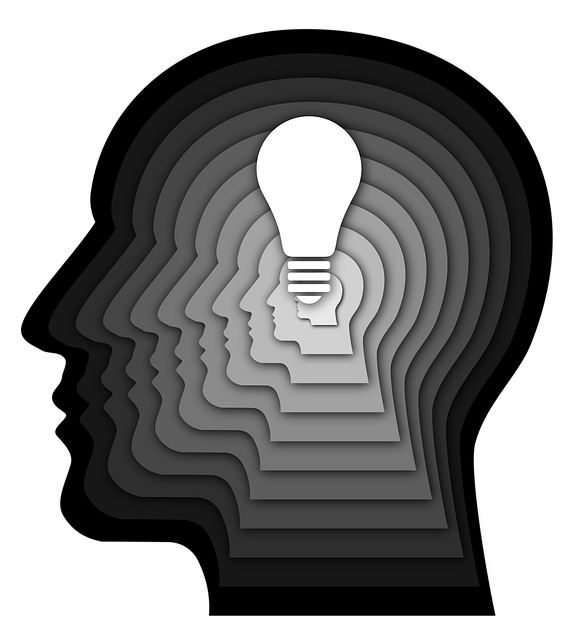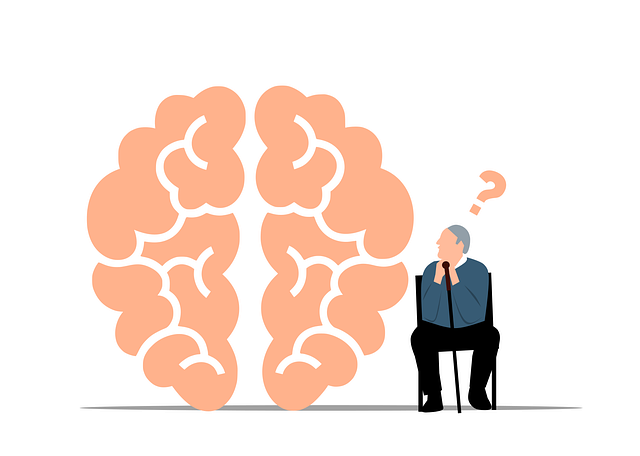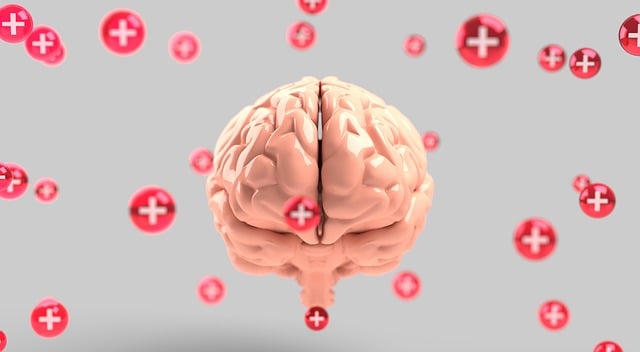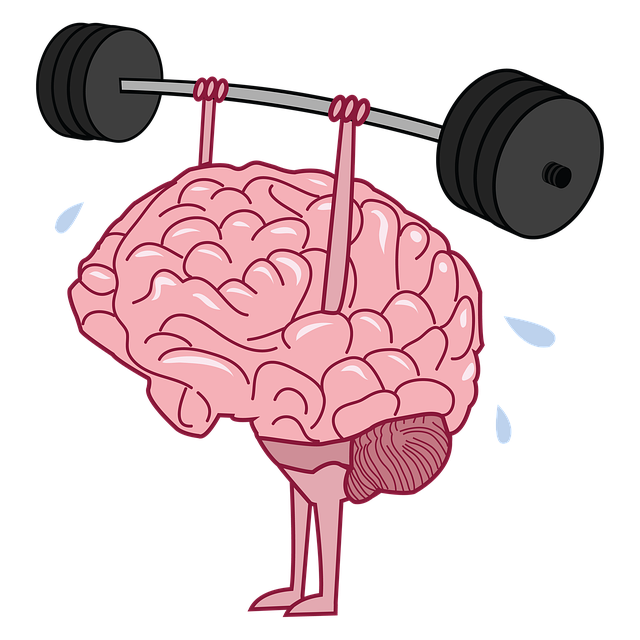Northglenn Psychosis Therapy leads in understanding mental health data by integrating diverse sources like clinical assessments, surveys, and social media interactions. They emphasize systematic data collection, confidentiality, and ethical considerations, with key sources being patient records and self-reported surveys. The analysis process includes preprocessing for accuracy, privacy protection, and advanced statistical modeling to reveal hidden trends and correlations. This enables tailored interventions, personalized treatment plans, and enhanced patient outcomes, as evidenced by successful recovery rates in severe psychotic disorders.
Mental health data analysis has emerged as a powerful tool in understanding and improving patient outcomes. With advancements in digital health, vast amounts of data are now available, offering insights into complex mental health conditions. This article explores the process of analyzing and interpreting mental health data through various lenses. We delve into data collection from diverse sources, including Northglenn Psychosis Therapy studies, preprocessing techniques, exploratory analysis methods, and statistical interpretations. Understanding these aspects is crucial for enhancing mental healthcare practices.
- Understanding Mental Health Data: Collection and Sources
- Preprocessing and Cleaning: Preparing the Data
- Exploratory Analysis: Uncovering Patterns and Insights
- Statistical Techniques for Mental Health Interpretation
- Northglenn Psychosis Therapy: Case Study and Implications
Understanding Mental Health Data: Collection and Sources

Understanding Mental Health Data involves recognizing that it’s a multifaceted landscape encompassing various forms of information collected from diverse sources. These include clinical assessments, surveys, electronic health records, and even social media interactions. In Northglenn, psychosis therapy centers often serve as hubs for gathering such data, providing valuable insights into individuals’ mental health journeys. The process begins with systematic data collection, ensuring confidentiality and ethical considerations, followed by meticulous organization and analysis to identify trends and patterns.
Key sources include patient records, where therapists document symptoms, treatments, and progress over time. Additionally, self-reported surveys and online platforms can offer insights into broader populations’ mental health states, including burnout prevention, self-care practices, and resilience building. By leveraging these data sources, mental health professionals in Northglenn can gain a comprehensive view of the community’s psychological well-being and tailor interventions accordingly.
Preprocessing and Cleaning: Preparing the Data

Mental health data analysis begins with a crucial step: preprocessing and cleaning. This involves preparing the raw data for analysis by handling missing values, identifying and correcting errors, and transforming inconsistent or incompatible formats. At Northglenn Psychosis Therapy, we understand that clean data is essential to draw accurate insights about patient outcomes and treatment effectiveness. Our team meticulously cleanses data through advanced techniques, ensuring every piece of information is reliable and actionable.
This preprocessing stage is not just about technical precision; it’s also about ethical considerations. Removing or correcting biased or identifiable data is vital to protect patient privacy and maintain the integrity of research findings. By implementing rigorous cleaning methods, we at Northglenn Psychosis Therapy foster a culture of transparency and accountability in mental health data analysis, ultimately aiming to enhance emotional well-being promotion techniques and stress management workshops organization through evidence-based Stress Reduction Methods.
Exploratory Analysis: Uncovering Patterns and Insights

Exploratory analysis plays a pivotal role in mental health data analysis, enabling practitioners to uncover intricate patterns and gain profound insights from patient records. By employing techniques like statistical modeling and visualization tools, Northglenn psychosis therapy specialists can identify trends, correlations, and outliers within their datasets. This process is crucial for understanding the complex interplay between various factors contributing to mental health conditions.
For instance, through exploratory analysis, mental health professionals can assess how demographic variables, such as age or gender, interact with treatment outcomes. They can also investigate the impact of specific risk management planning strategies on patient recovery and stress management. Moreover, by examining emotional intelligence scores, researchers can gain valuable insights into their effectiveness in treating psychosis and enhancing patient well-being.
Statistical Techniques for Mental Health Interpretation

In the realm of mental health data analysis, statistical techniques play a pivotal role in interpreting and understanding complex psychological phenomena. Researchers and therapists in Northglenn Psychosis Therapy leverage advanced methods to decipher trends, patterns, and correlations within vast datasets. These techniques enable them to make evidence-based decisions, tailor treatment plans, and ultimately enhance patient outcomes.
One such technique is regression analysis, which helps predict mental health outcomes based on various factors. This aids in identifying key drivers of conditions like depression or anxiety. Additionally, communication strategies are fortified by data visualization tools, making it easier for professionals to convey insights effectively to both colleagues and clients. Even the production of a Mental Wellness Podcast Series can benefit from these methods, ensuring content is tailored to the specific needs and interests of listeners based on robust statistical analysis.
Northglenn Psychosis Therapy: Case Study and Implications

Northglenn Psychosis Therapy offers a compelling case study for understanding mental health data and its interpretation. This therapeutic approach focuses on severe psychotic disorders, providing insights into effective treatment strategies. By analyzing patient outcomes, researchers have identified key factors contributing to successful recovery. The case study highlights tailored interventions, combining medication management with intensive psychotherapy, including mindfulness meditation techniques, as powerful tools in combating psychosis.
The implications of this research extend beyond Northglenn’s scope, suggesting that personalized therapy models and a focus on emotional healing processes can significantly enhance anxiety relief. This approach emphasizes the importance of data-driven decisions in mental health care, ensuring that treatment plans are not one-size-fits-all but rather adapted to individual needs. Such studies contribute to the growing body of knowledge, guiding professionals in navigating complex emotional landscapes and facilitating more successful outcomes for those seeking mental wellness.
Mental health data analysis, from understanding diverse data sources to applying statistical techniques, is a powerful tool for improving patient care. As demonstrated by the case study on Northglenn Psychosis Therapy, interpretative methods can reveal valuable insights into treatment effectiveness and guide personalized care strategies. By continuously refining our approach to data collection, preprocessing, and analysis, we can enhance our understanding of mental health conditions and ultimately improve outcomes for those seeking support.













